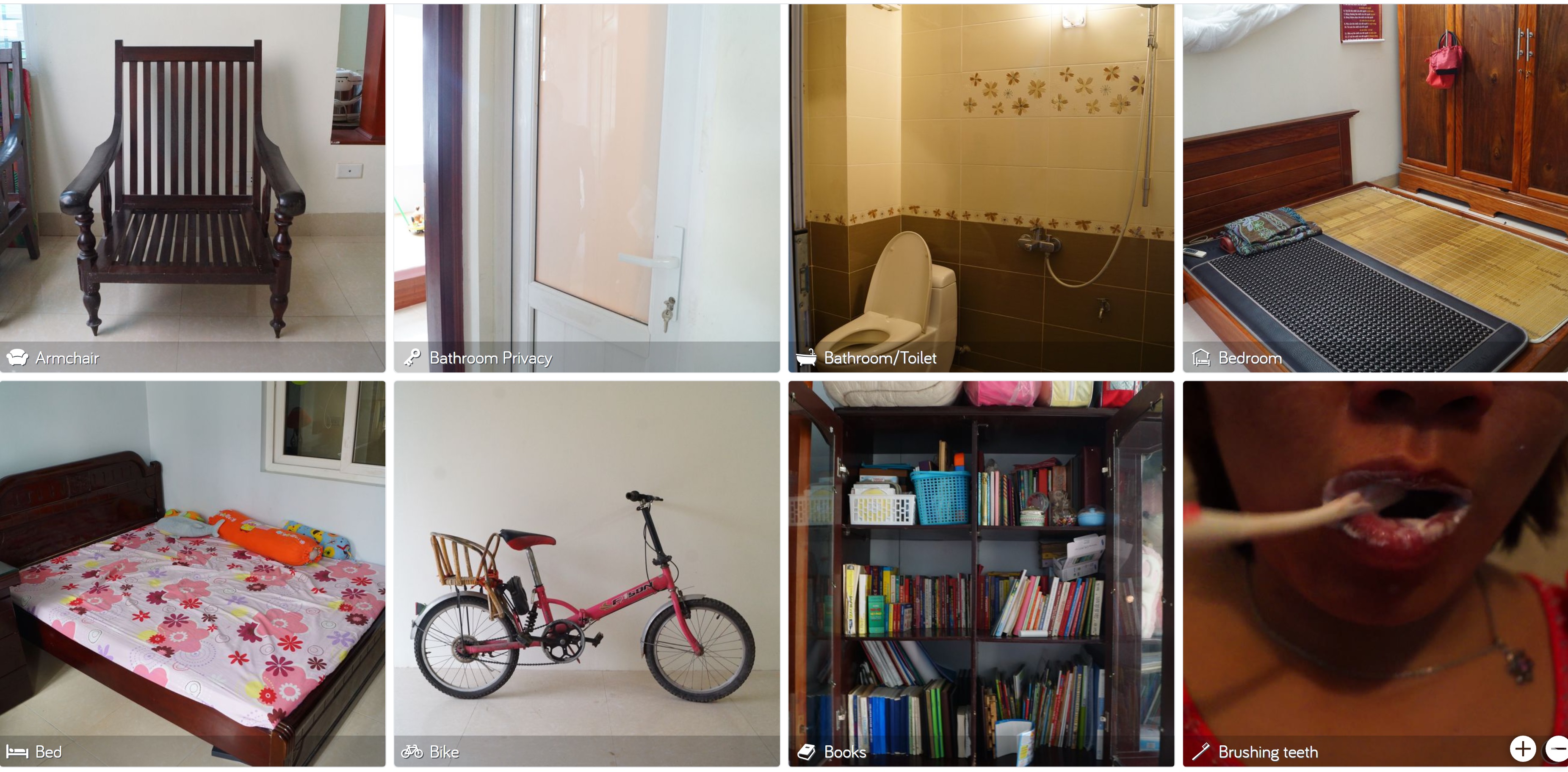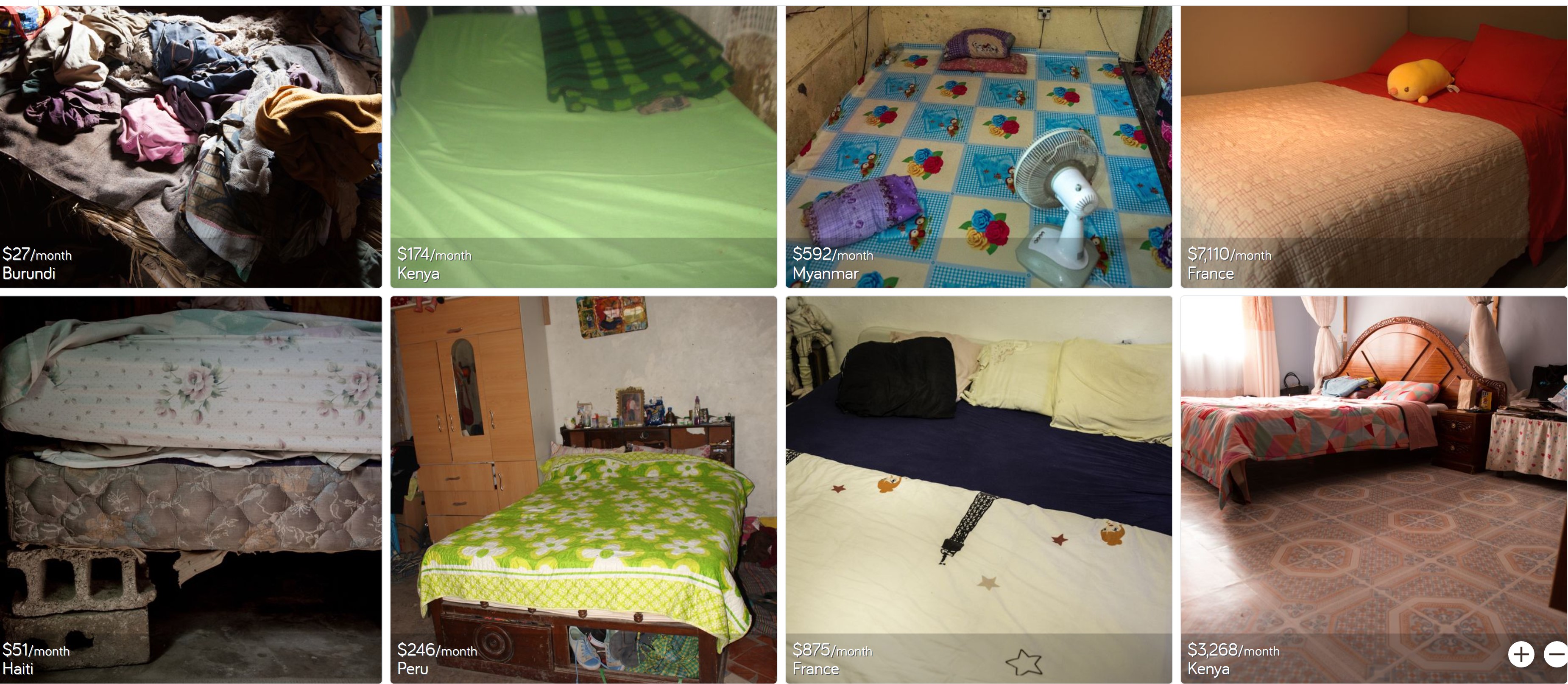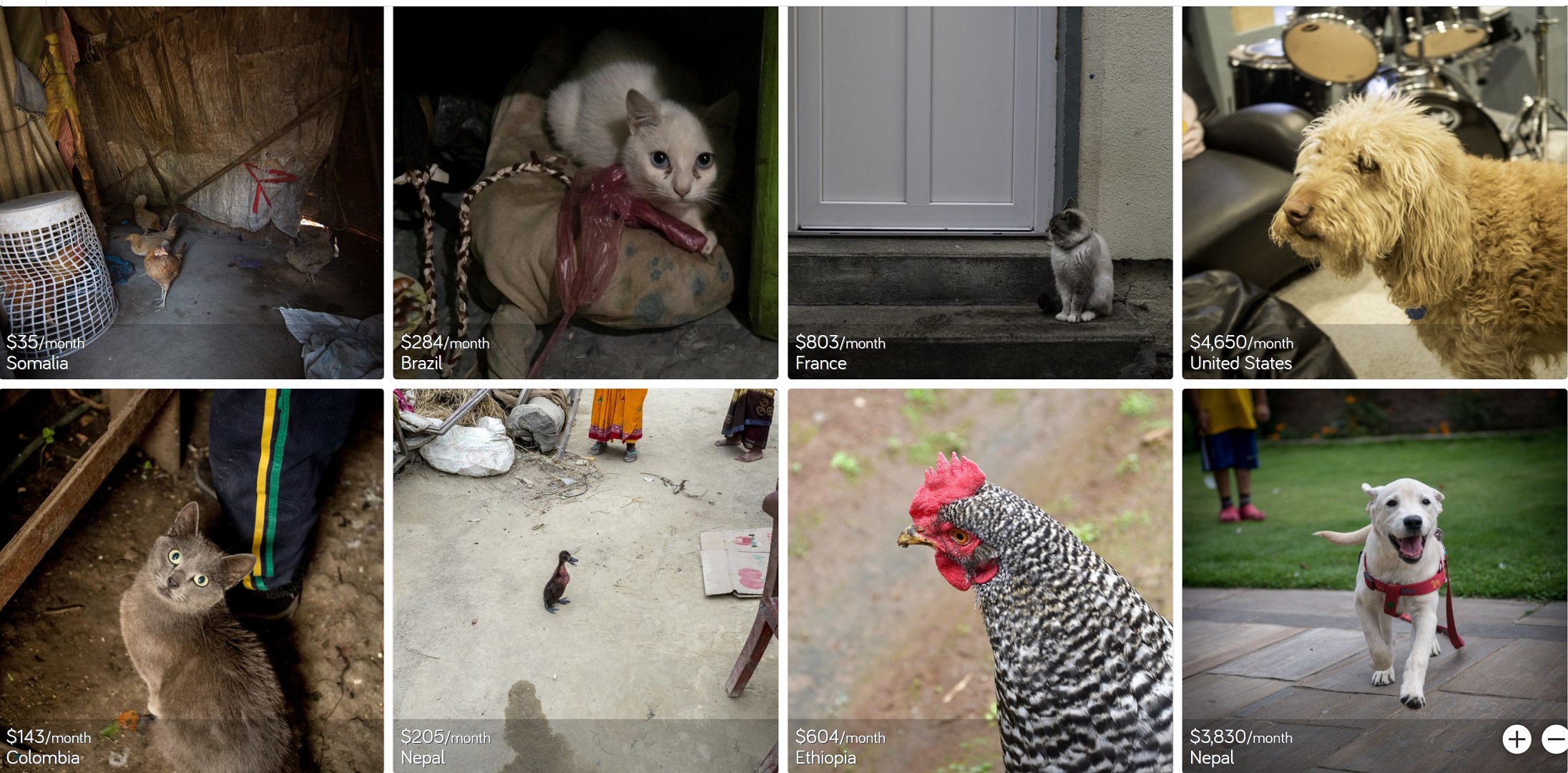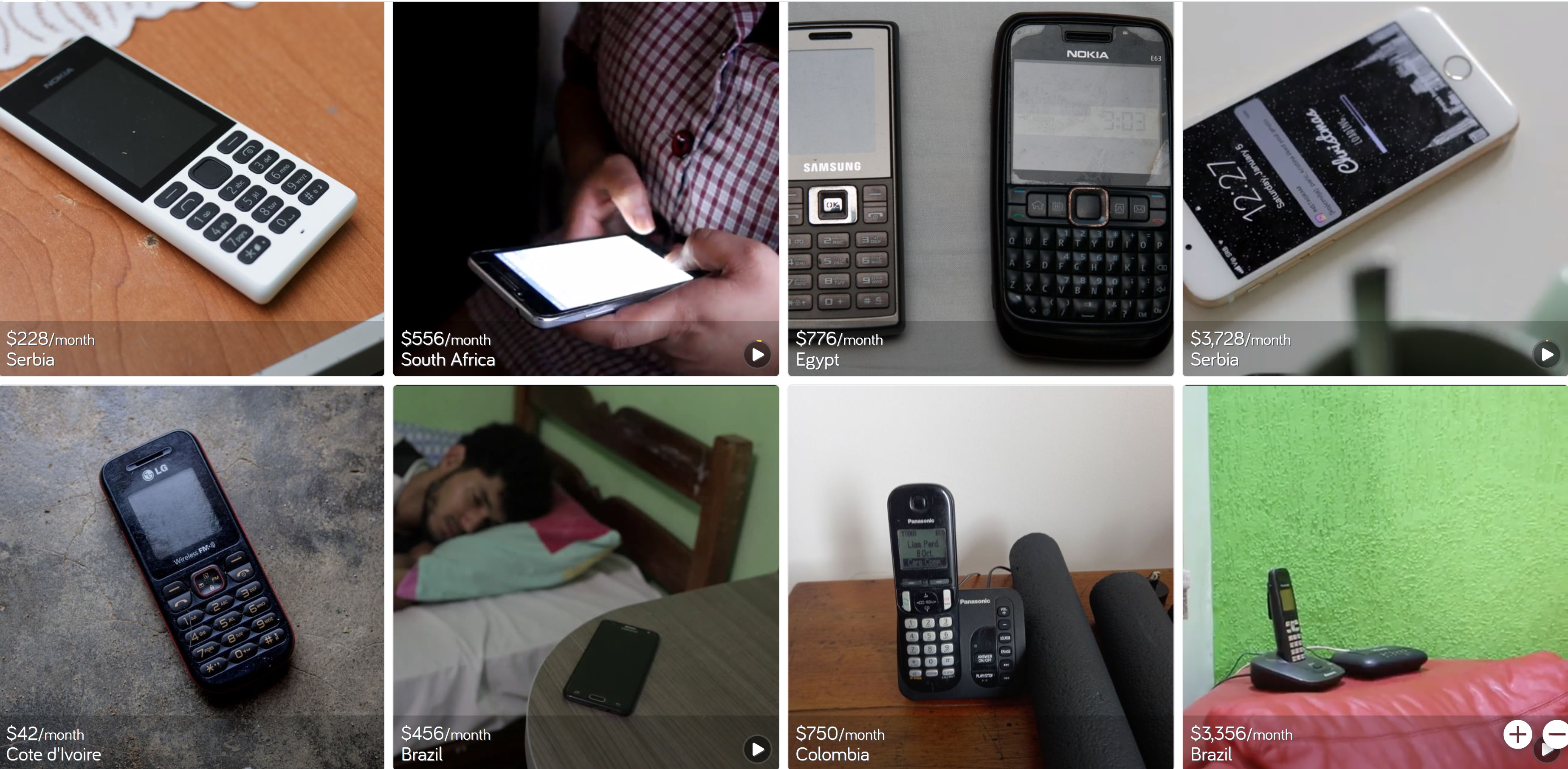Dollar street - One street, one world
I'm really fascinated by the idea - image a street where everyone lives on it. The poorest live on one end, and the richest live on the other end
Posted on 10/9/2022 by Ling Tong
Dollar Street is a website that I’m totally obsessed with. Dollar Street, created by Factfulness co-author Anna Rosling Rönnlund, imagines a world where everyone lives on the same street and houses are ordered by income. The poorest live on one end of the spectrum, while the richest live on the other.
Income often reveals more about how people live than location. When I visit a new place, I look for clues about the income level of the local families. Is there any power lines? What kind of roofs are on the houses? Are people riding bikes or walking from one location to another?
The answers to these questions reveal a lot about the people who live there. If I see power lines, I know that homes in this area have electricity, which means that kids have enough light to do their homework after the sun goes down. Families who have patchwork roofs are likely to sleep less during the rainy season because they are wet and cold. If I see bikes, I know people don’t have to walk for hours every day to get water.
Dollar Street brilliantly illustrates the importance of income level. Anna dispatched photographers to photograph hundreds of homes from all over the world. These houses can be sorted by income, location, or even household object (so for example you can have it show you just beds, or dish soap, or cooking utensils). Each home has been meticulously tagged and includes a biography of the family who lives there. You can examine 135 objects belonging to each family, ranging from their front door to their shoes. The website is simple and straightforward to use
When you start comparing objects, Dollar Street comes to life. The toothbrush photos were particularly intriguing to me. Families at the poorest end of the street clean their teeth with their fingers or sticks. However, once you reach a certain level of income, everyone starts using a plastic toothbrush with bristles.
The more time you spend on Dollar Street, it becomes clear that we all have the same basic wants and needs. People, whether in China or Cameroon, tend to spend their money on the same things when their income rises. At the end of the day, we all want a secure roof over our heads, a more efficient mode of transportation, some better tools to care for ourselves, and have a loved one on your side. It’s a lovely reminder that we have more in common than we realize with people on the other side of the world.
Anna and her team at Dollar street have created the most complete portrait of humanity I’ve ever seen. I could spend hours wandering around Dollar Street, and I hope you do as well.
Here is what I found from the website:
Income explains more differences than geography or ethnicity
When it comes to daily life, where you live matters less than your income. Asians and Europeans at the same income level have similar living situations. Even their pets look similar. Rich Vietnamese and Ukrainians live like their counterparts in Europe and the U.S. The Tran family (Vietnam, living in Ho Chi Minh at $2945 per month) and the Sdambulyak family (Ukraine in their own 4-bedroom house at $10090 per month) both have the similar living situations.

Everyday objects tell you a lot about how people live
At Dollar Street you can see the things people use to meet their basic human needs. You can see sofas, eating utensils, shoes, and more—up to 135 objects in 264 homes across 50 countries.

Everyone wants a soft bed and delicious food
As you move up Dollar Street, you go from buying bare essentials to functional items to luxuries. For example, meals at the lowest end of Dollar Street are often deficient in vitamins and calories that children need to develop properly. As incomes rise, meals become more nutritious and there is greater variety to the food. And as you approach the top, meals become prized for their flavor as well as how nutritious they are. Beds follow a similar pattern.

Cat ladies and dog people are everywhere
Across all income levels, people keep pets. The dogs and cats at 2000 Dollar Street might have nicer collars and live indoors, but even at 200 Dollar Street you’ll see lots of families with pets.

People’s most prized possessions are pretty unpredictable
Income is not a good indicator of what people prize most. Here’s a quick overview to show the income levels with the corresponding most prized possession. It is not as obvious as it sounds. The prized possessions of people at different ends of Dollar Street look pretty similar: a photo album, a note from a loved one, a phone.

Almost everyone has a cell phone now
Even the poorest people, who live on less than $90 a month, often have cell phones. Cell phones, once considered a luxury, are now an affordable way for people living in poverty to communicate with their loved ones and do business. In fact, more households have cell phones than have toilets! Using phones to deliver financial services is going to be a big factor in helping millions more people get loans and savings accounts, which is another step in the fight against extreme poverty.
